This is a complete tutorial about Energy monitoring system in industries using Energy Meters, PLC, and SCADA.
Energy Monitoring System
Energy management is the highest demands to reduce the energy cost in the industries. There are several benefits in the industry of using Automation. This system monitors the consumption of energy of the different areas of the plant during round the clock.
This collected data gives us idea about the energy consumption of the different area and also gives us an information about the sudden changes in the energy requirement with the additional information like the particular time, particular area of the plant and during the certain process.
Energy monitoring system is achieved by using Energy meters, PLC and SCADA. Energy meter is used to measure the voltage, current, power, power factor, and such useful information. Multiple energy meter is connected with RS 485 network. PLC is used to collect all these data from Energy meters via RS 485 protocol.
Finally, all these electric power consumption related data is processed and represented in SCADA by connecting with the PLC. This data played an important role to understand the behavior of the energy consumption and to rectify the unwanted energy usage in the industry.
Architecture
Energy monitoring system is used the following architecture to obtain the communication between Energy meters, PLC and SCADA.
In this system we are using PLC and SCADA architecture is as shown in fig. We are using PLC with RS485 protocol to communicate energy meter with PLC. Also, there is a Ethernet protocol to communicate PLC with SCADA PC.
Energy Meter
Energy meter is a power monitoring device with some additional features like it can communicate using Modbus, Ethernet protocol and gives a real-time reading to other intelligent device. This device is used to measure accurate reading of voltage, current, frequency, power, power consumption, power factor and many more like this.
PLC
Programmable logic controller (PLC) is used to control the process using the user logic. PLC combines a microprocessor-based CPU, Power Supply, Input and Output modules and Communication module.
The logical program in the form of LAD (ladder diagram) or FBD (functional block diagram) is installed or download in to the CPU. The CPU monitors the inputs and changes the outputs according to the logic of user program, which can include Boolean logic, counting, timing, complex math operations and communications with other intelligent devices.
PLC is very popular due to its compact design, flexibility and powerful instructions set, which makes it a perfect solution for controlling a wide variety of applications. The CPU provides a PROFINET port for communication over a PROFINET network. Communication modules are available for communicating over RS485 or RS232 networks.
SCADA
Supervisory Control and Data Acquisition is a software to supervise, to control and to collect the data from the process. Therefore, we can say that SCADA systems are used to monitor and control physical processes involved in industry and infrastructure on a large scale and over long distances.
In this Energy monitoring system, SCADA is used to visualize current reading of energy meters as well as to collect the historical data for future usage. Also, SCADA is used to generate the report of necessary readings like power consumption in the hourly, daily, weekly and monthly format.
Steps to collect reading from Energy meter
In the first step, Data is collected from different energy meters installed in the different areas of the industry using Modbus serial (RS485) protocol. Maximum 32 energy meters are connected in a single RS485 network. So, if we have more numbers of energy meters then we can use multiple RS485 networks.
In the second step, this RS485 network are connected with PLC. Logical program is downloaded in to the PLC using appropriate software. If we have multiple RS485 network then each network is connected with different PLC.
In the third step, these multiple PLCs are connected in a common network using Ethernet Hub via LAN protocol.
Then in the final step, SCADA PC is connected in this network to collect all the data from different energy meters. SCADA software is used to monitor and logging this data for future usage or analysis purpose.
Why we use Energy Monitoring System
- Identify the excessive energy usage of different areas in the industry.
- Monitor the energy consumption trends like current, voltage, power factors, etc.
- Generate the power consumption report on hourly, daily, weekly and monthly format.
- Detect instances when consumption is unexpectedly higher or lower than as usual.
- Planning for future energy use and cost saving.
- Diagnose specific area of unwanted energy usage.
- Efficiently maintain the power factor.
Advantages of Energy Monitoring System
- With this system, live monitoring of energy usage from SCADA screen in different areas of the industry is possible. Also, there is a real-time and historical trend facility to analyze the consumption of energy.
- It is possible with this system to improve the energy usage by analyzing the changes in the energy consumption. Also, it provides the details of unwanted energy usage by comparing them with standard requirement of energy consumption.
Author : Hiral Patel
Articles You May Like :
Types of Industrial Control Systems
Process Control Instrumentation
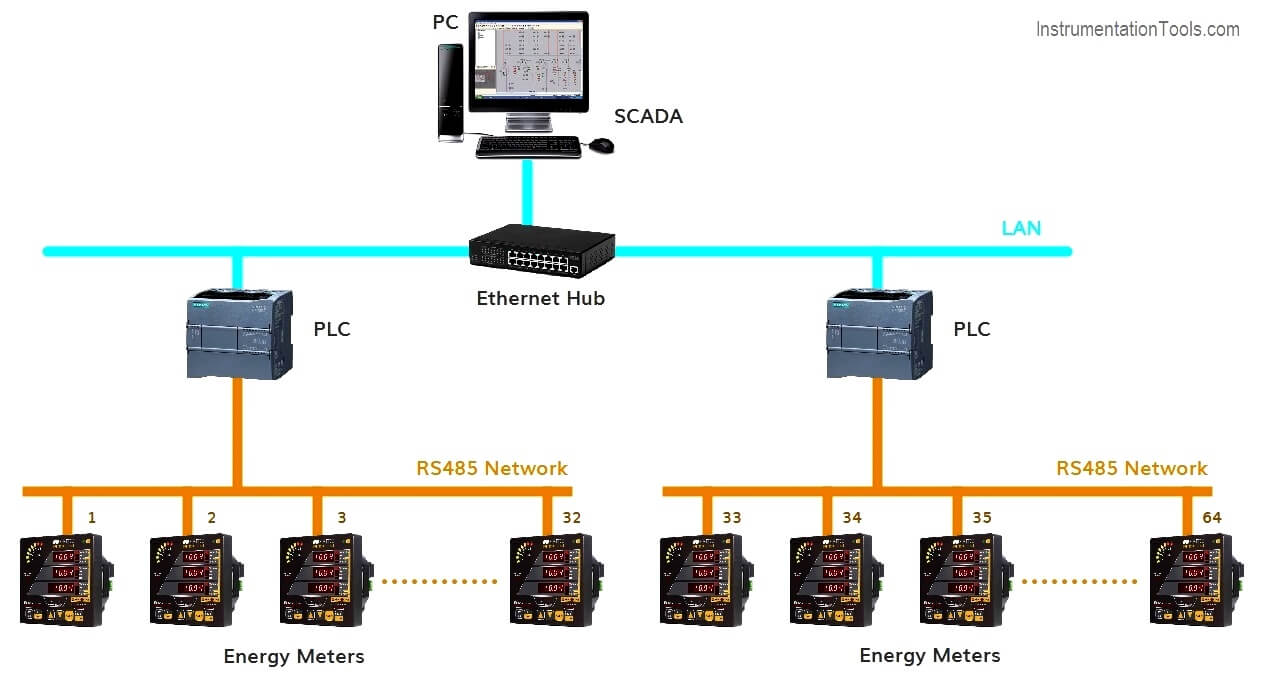
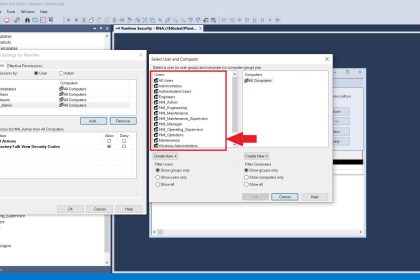
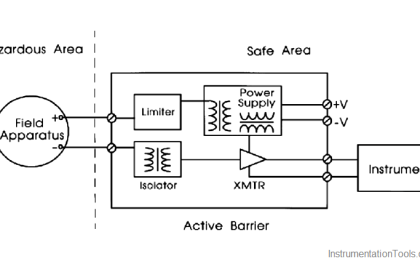
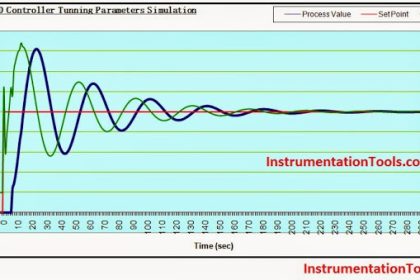
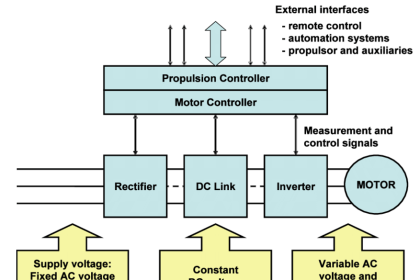
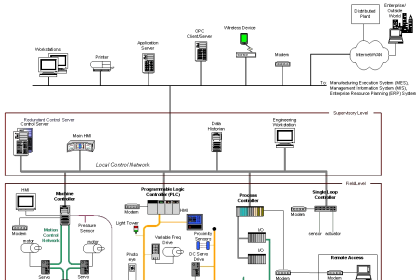

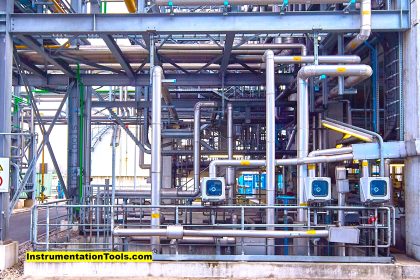
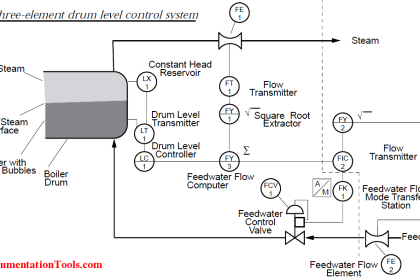
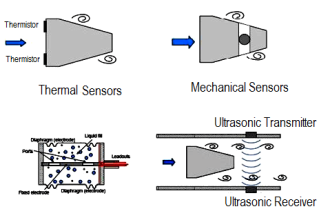
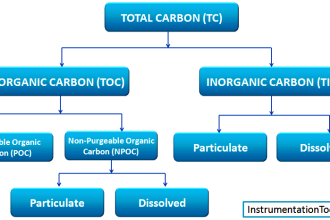

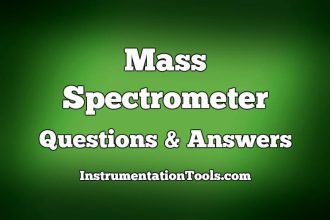


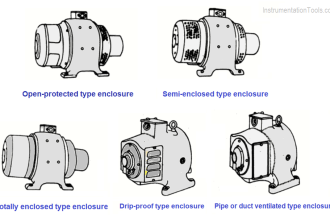
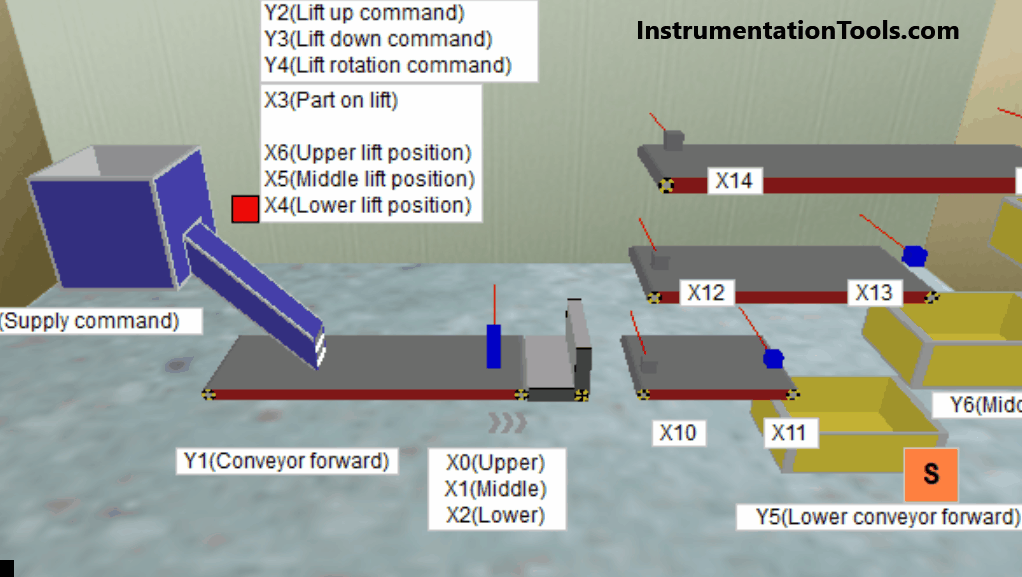

This is very good information about energy monitoring system
Hi Need to install energy monitoring system please connect with me asap
Hi Ravi.
Can you connect me thru whatapp application for discuss .
Great work.
Very good article